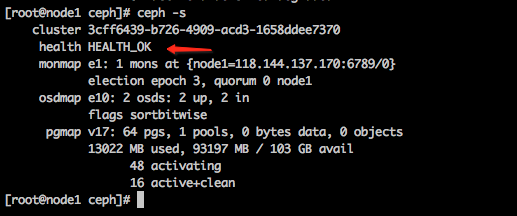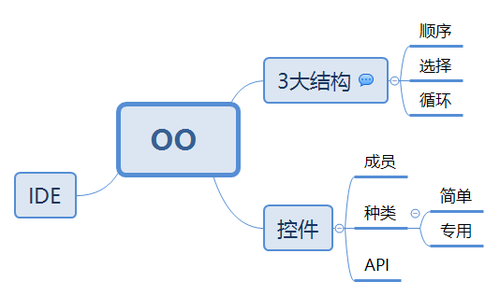LeetCode--24. Swap Nodes in Pairs
Problem:
Given a linked list, swap every two adjacent nodes and return its head.
For example,
Given 1->2->3->4, you should return the list as 2->1->4->3.
Your algorithm should use only constant space. You may not modify the values in the list, only nodes itself can be changed.
Analysis:
题目意思:
给定一个链表,调换每两个相邻节点,并返回其头部。
例如, 给定 1->2->3->4, 你应该返回的链表是 2->1->4->3。
你的算法必须使用唯一不变的空间。
你也不能修改列表中的值,只有节点本身是可以改变的。
链表问题,这个题需要多用一个节点,一个标记一对中的第一个,一个标记一对中的第二个。
Answer:
/*** Definition for singly-linked list.* public class ListNode {* int val;* ListNode next;* ListNode(int x) { val = x; }* }*/public class Solution {public ListNode swapPairs(ListNode head) {if(head==null || head.next==null) return head;ListNode pre=new ListNode(0);pre.next= head;ListNode p=pre;while(p.next!=null && p.next.next!=null){//ListNode t1 = p;p=p.next;t1.next=p.next;//ListNode t2 = p.next;p.next.next =p;p.next=t2;}return pre.next;}}
经验:
1.一般链表的问题如果会返回链表(从头开始)则最好用以下的三行代码,helper来记住链表开头,p来进行运算;而且p = helper后p和helper指向的下一个节点一致。
ListNode helper = new ListNode(0);helper.next = head;ListNode p = helper;
2.p = p.next这句语句就是将p的指针后移(因为是对p操作的),p.next = t2这句与句就是把p的指向变换(因为是对p.next操作的),
p.next.next = p就是对p的下一个节点的指向操作。
3.while(p.next != null && p.next.next != null)这句语句来进行下一个节点是否满足情况的分析。



































还没有评论,来说两句吧...